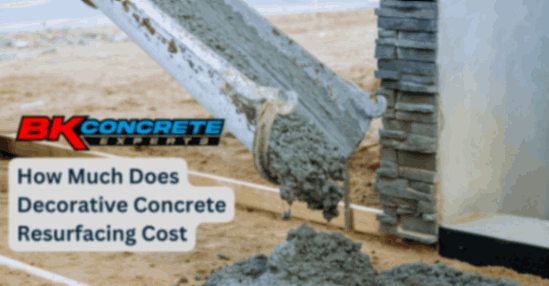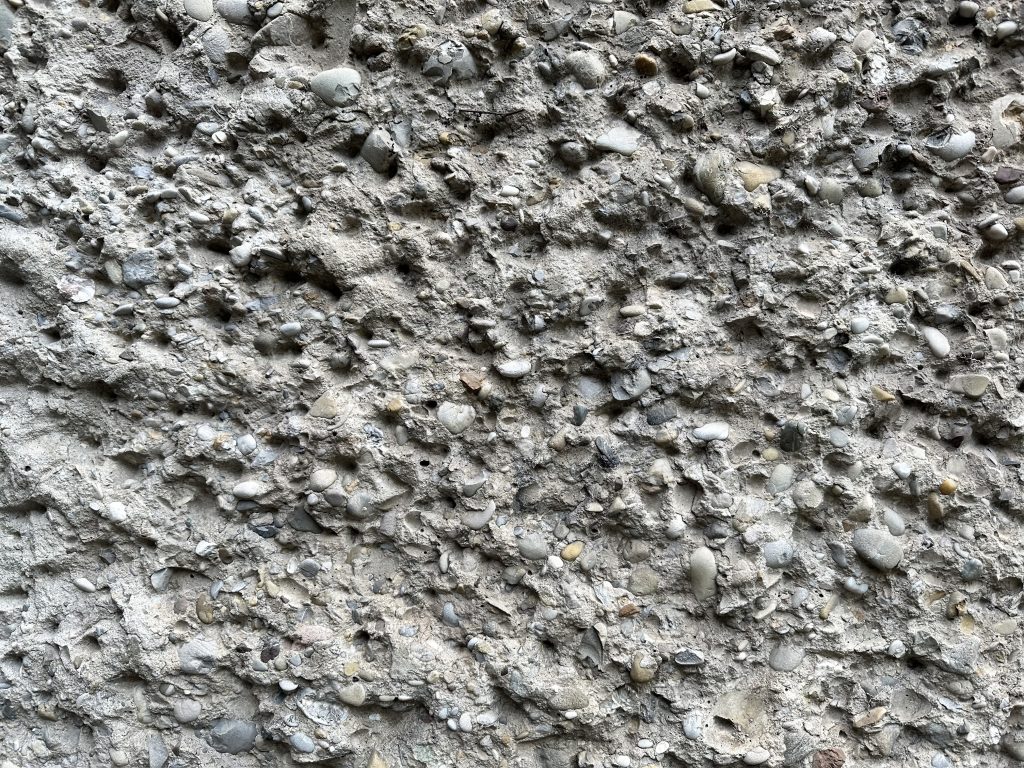Patching a concrete foundation is a crucial aspect of maintaining the structural integrity of a building. Over time, foundations can develop cracks due to soil movement, temperature fluctuations, and water damage. These cracks, if left unaddressed, can widen, leading to more severe structural issues. Properly repairing these imperfections not only helps to prevent further damage but also restores the foundation to a condition that supports the building effectively. There are various methods for addressing such foundation concerns, each suitable for different types and severities of damage.

The process of repairing a concrete foundation often begins with assessing the extent of the crack and determining the most appropriate repair strategy. For minor, nonstructural cracks, homeowners might choose to use a simple caulking solution that can seal the crack against moisture. However, more serious damage, indicative of deeper structural issues, may require intervention using methods such as steel piering. This process involves installing steel piles to correct the foundation level and settlement issues. It is crucial to choose the right repair technique to ensure the longevity and safety of the structure it supports.
It is important for property owners to recognize when a professional evaluation is necessary. While some may have the skills to perform basic repairs, a professional can provide valuable insight into the underlying causes of foundation damage. They can also recommend the most effective repair methods to prevent future foundation problems, preserving the building’s integrity over the long term. Whether tackling the problem with a DIY approach for minor repairs or consulting experts for extensive damage, addressing issues early helps in maintaining a strong and stable foundation for any property.
Assessing Foundation Damage

When approaching foundation repair, the first step is crucial: one must carefully assess the extent of the damage. Accurately identifying the problem and evaluating potential structural concerns are key to developing an effective repair strategy.
Identifying Types of Cracks
Horizontal Cracks: These often indicate a serious issue relating to hydrostatic pressure from the soil outside the foundation. They should be monitored closely and typically require professional intervention.
Hairline Cracks: While often less serious, hairline cracks can still be a doorway for moisture and warrant close observation. Any change in width or length should be noted, as this could signal a progression in damage.
Vertical and Diagonal Cracks: These types of foundation cracks are often caused by settlement or drying shrinkage. Settlement cracks tend to appear within the first few years after construction and can be filled if they remain stable.
Bulges and Cracked Concrete: A bulge in foundation walls or floors suggests a more significant structural issue, such as compromised footing or severe lateral pressure. These defects must be evaluated by a structural engineer.
Evaluating Structural Concerns
Structural evaluations should address whether the integrity of the foundation is compromised. Large horizontal cracks, bulges, or a pattern of significant cracking could indicate that the foundation’s ability to bear the house’s load is affected. If the cracks are wider than 1/4 inch, or doors and windows within the home are beginning to show misalignment, these are potential signs of a serious structural problem. It’s imperative to engage a professional to determine if stabilization or more extensive repairs are necessary.
In the assessment stage, one must employ a diligent and detail-oriented approach to ensure that any intervention effectively addresses the foundation’s specific issues.
Preparation for Patching

Repairing a concrete foundation begins with precise preparation. The success of a patching job hinges on having the right tools at hand and starting with a clean, solid base.
Gathering Necessary Tools
Before beginning the patching process, it’s crucial to assemble all the necessary tools and materials. Ensure the availability of a bucket, wire brush, hammer and chisel, which are essential for removing loose concrete and debris. A putty knife is useful for applying the patching compound, while a paintbrush will be needed to apply a concrete bonding agent. For larger holes that need more extensive work, a drill with a mixing paddle may be required to thoroughly mix the patching compound. Always wear rubber gloves and safety goggles to protect against skin irritation and flying particles.
Cleaning the Affected Area
Thorough cleaning of the area to be patched is critical to ensure good adhesion of the patching material. One should first remove any loose or crumbling concrete from the area using a hammer and chisel. Afterward, employing a wire brush helps to get rid of smaller debris and dust. If oil or grease is present, use a suitable cleaner to ensure the area is free of contaminants. After cleaning, the area should be dampened with water before applying the bonding agent. However, standing water should be eliminated, so the surface is merely damp and not soaking wet.
The foundation of the patching work is set properly by meticulously following these preliminary steps. They help create a surface conducive to the best possible adhesion and durability of the patching compound.
Patching Techniques

Proper patching of concrete foundations not only addresses aesthetics but also contributes to the structural integrity of the building. The selection of materials and methods can vary depending on the extent of the damage.
Filling Hairline Cracks
When dealing with hairline cracks, the key is to prevent water ingress and further damage. Epoxy or concrete crack filler can be utilized due to their adhesive properties and durability. They should be applied directly into the crack using a sealer or an injection method which ensures the material penetrates deeply, creating a strong bond with the existing concrete.
Repairing Larger Cracks
For cracks wider than hairline, clearing out any loose material is essential before proceeding with repairs. One may use a bonding agent prior to filling to ensure better adhesion of the patch material. A repair mortar mix is often used for such instances, which may include a blend of sand, cement, and sometimes gravel. It’s important to press the mortar firmly into the crack and finish the surface to match the surrounding area.
Patching Holes in Foundation
Patching holes in a foundation can involve a few more steps. Initially, one should clear out any debris and clean the area. A bonding agent should be applied to the inside of the hole to enhance the grip of the patching material. For cinder block foundations, mortar made for block work is preferred. It’s crucial to compact the mortar into the hole to avoid any air pockets, which may weaken the patch. After the patch has set, applying a concrete sealer can help to protect the area from moisture and weathering.
Finishing Touches

Once the concrete foundation repair is complete, applying finishing touches ensures durability and aesthetic appeal.
Applying Sealant
Sealant is essential in protecting the foundation from moisture and other elements. Use a margin trowel to apply the sealant evenly over the repaired area. It is crucial to choose a sealant compatible with concrete foundations, and the application should be done meticulously to cover any small imperfections and to create a watertight barrier. For application, one might use a caulk gun for precision, especially in narrow cracks or joints.
- Step 1: Thoroughly clean the area before application.
- Step 2: Cut the tip of the sealant tube.
- Step 3: Load the tube into the caulk gun.
- Step 4: Apply sealant evenly, ensuring complete coverage.
Painting and Waterproofing
For driveways, porch, and patio foundations, painting not only improves the appearance but also adds an extra layer of protection. Begin with a coat of masonry paint, specifically designed for concrete surfaces. Masonry paint adheres well and can help to seal the concrete against moisture. Apply with a paintbrush for smaller areas or a roller for larger surfaces.
- First Layer: Apply a primer suited for masonry.
- Second Layer: Follow up with a layer of masonry paint, ensuring even coverage.
- Third Layer: For added protection, especially in moisture-prone areas, consider applying a waterproofing coat.
This final stage of foundation repair ensures the longevity of your work and keeps the foundation looking well-maintained.
Prevention and Maintenance
Maintaining the integrity of a concrete foundation involves proactive steps and regular attention. The section below outlines critical practices for preventing structural degradation, including strategies to mitigate common issues such as mold and mildew growth and the development of cracks.
Regular Inspection
Frequency: Inspections should occur at least bi-annually to identify any potential issues early. During these inspections, particular attention should be given to detecting signs of cracking or mold and mildew growth.
- Checklist for Inspection:
- Foundation Surface: Look for cracks, spalling, or any signs of wear.
- Drainage: Ensure gutters and downspouts direct water away from the foundation.
- Vegetation: Keep plants and roots at a safe distance from the foundation.
- Interior Spaces: Inspect for any signs of water intrusion or dampness which may lead to mold.
Addressing Environmental Factors
Water Management: Effective drainage systems are essential in preventing water from pooling near the foundation. Sloping the landscape away from the foundation helps, as does ensuring gutters are clean and functional.
- Control Measures for Environmental Factors:
- Humidity: Dehumidifiers can help control moisture levels, reducing the risk of mold growth.
- Temperature: Consider the use of insulation or thermal barriers to mitigate extreme temperature effects on the foundation.
- Material Choice: Using Portland cement in repairs ensures durability since it’s known for its resistance to environmental stressors.
In tackling DIY projects, homeowners should use high-quality materials and follow proper guidelines to repair minor cracks and damage promptly. Immediate action prevents minor issues from escalating into significant concerns, safeguarding the structural stability of the foundation.

 CALL US NOW
CALL US NOW



